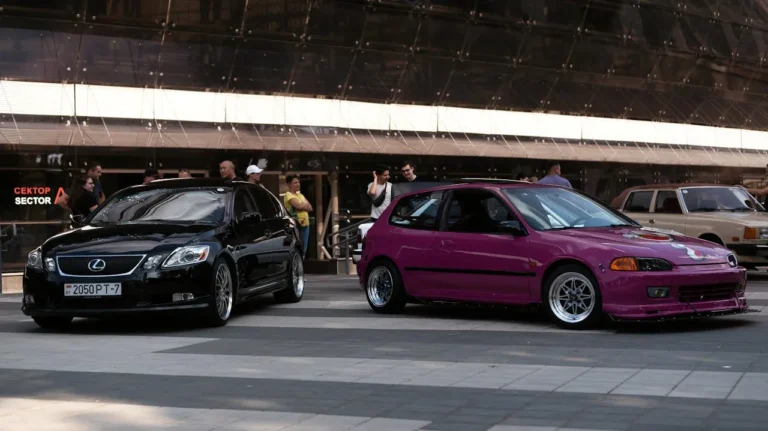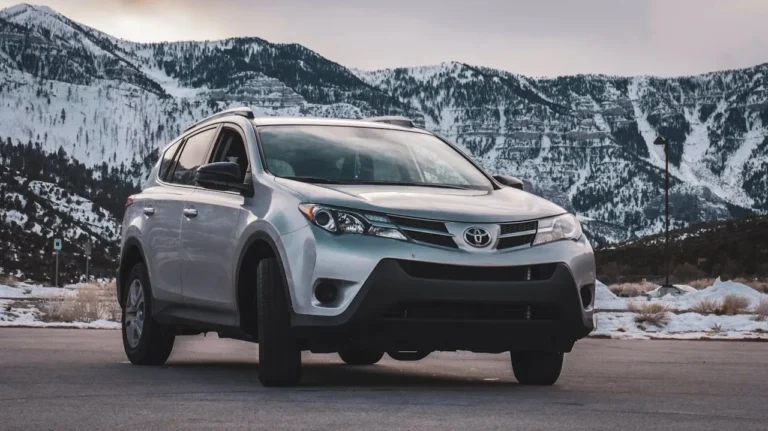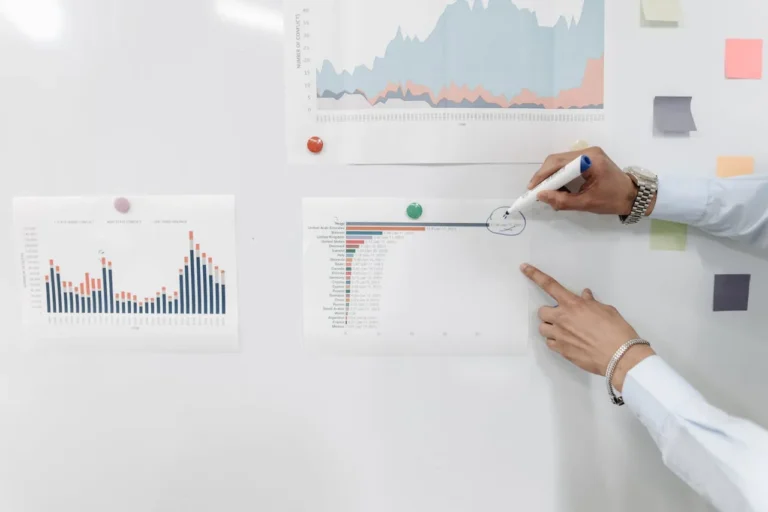
J.D. Power and GlobalData have jointly released their June 2025 U.S. Automotive
J.D. Power and GlobalData have jointly released their June 2025 U.S. Automotive Sales Forecast, offering a detailed outlook on new-vehicle retail and total sales volumes, inventory trends, pricing dynamics, and global market conditions. The report captures the effects of tariffs, shifting consumer behavior, and electrification patterns on a market facing evolving challenges and opportunities.
Total New-Vehicle Sales Overview
Total new-vehicle sales in the U.S. for June 2025 are projected to reach approximately 1,247,900 units, a 2.5% increase over June 2024. However, this figure is somewhat misleading due to calendar differences—June 2025 includes 24 selling days, two fewer than the same month last year. When adjusting for these differences, the year-over-year sales comparison shows a decline of 5.4%.
The seasonally adjusted annualized rate (SAAR) for June is expected to be 15.0 million units, slightly up from 14.8 million units a year earlier. For the first half of 2025, total sales are forecasted at 7,766,800 units, a modest increase of 0.4% compared to the first half of 2024. Second-quarter sales alone are projected to rise 2.5% year over year to 4,184,000 units.
Retail Sales Trends
Retail sales for June 2025 are estimated at 1,016,800 units, reflecting a 6.7% increase compared to the previous year. However, after adjusting for selling days, this actually indicates a 1.5% year-over-year decline. For the first six months of 2025, retail sales are expected to reach 6,674,800 units, up 7.5% from 2024. Retail sales in Q2 2025 are forecasted at 3,447,500 units, a 4.9% increase over the same period last year.
Factors Impacting June 2025 Sales
Thomas King, President of the Data & Analytics Division at J.D. Power, emphasized three critical influences distorting June’s sales data:
- 2024 Software Outage Base Effect: A significant dealership software outage in June 2024 suppressed sales by approximately 85,000 units. This creates an inflated year-over-year comparison.
- Tariff-Driven Pull-Forward Sales: A surge in purchases during March and April 2025—roughly 173,000 extra units—has resulted in payback effects in June, depressing demand.
- Unexpected Decline in Incentives: Despite earlier projections that discounts would rise throughout 2025, average incentives have actually fallen from 6.1% of MSRP in January to just 5% in June. This reduction has sidelined price-sensitive buyers.
Despite concerns, the average retail transaction price is projected to hit $46,233—up 3.1% from June 2024. While only slightly up from May ($77), this increase is driven largely by product mix and pricing strategies rather than inflation or tariffs. Incentive spending per vehicle is expected to average $2,727, up $93 from May but only $39 more than last June.
Retailer profit per unit—including gross margin and finance and insurance income—is forecasted at $2,380, a modest $45 increase year over year. Total industry-wide retailer profit is projected to reach $2.3 billion for June 2025, a 3.1% annual increase.
Despite a slower sales pace, consumer spending on new vehicles is expected to reach nearly $45 billion—an increase of 4.3% and the fourth-highest June total ever recorded.
Financing and Equity Trends
Higher vehicle prices have led to record-high average monthly loan payments, reaching $747 in June—$22 more than last year. The average new-vehicle loan interest rate is expected to be 6.89%, a slight 0.08 percentage-point decrease from June 2024. Finance loans with terms of 84 months or longer are on the rise, reaching 12% of financed purchases.
Meanwhile, used-vehicle retail prices are climbing, now averaging $29,440, up $674 from last year. Trade-in equity has also risen, hitting an average of $8,384—up $480 year over year. Still, more buyers are upside down on their trade-ins, with negative equity expected for 25.1% of buyers, a 1.6 percentage-point increase.
Fleet and Inventory Insights
Fleet sales are forecasted to decline 12.7% year over year to 231,081 units, representing 18.5% of total light-vehicle sales—down 3.2 percentage points. Retail inventory has grown to 2.16 million units, a 22.9% increase, with a days’ supply of 54 days, up from 49 a year earlier. Leasing activity is down as well, accounting for 20.4% of new-vehicle sales, a 2.2 percentage-point drop.
Market Segmentation & Vehicle Types
ICE vehicles are still dominant but slipping slightly, making up 75.8% of new-vehicle retail sales—a 1.4 percentage-point decline. EVs now account for 8.7%, down 1.6 points, while PHEVs stand at 1.8%, down 0.3 points. U.S.-assembled vehicles have gained traction, now comprising 54.8% of sales. Trucks and SUVs continue to dominate with an 81.8% share, up 1.7 percentage points from June 2024.
Vehicles are spending slightly more time on dealer lots, averaging 49 days in June versus 46 days a year ago. About 32.7% of vehicles are still sold within 10 days of arrival.
Electrification Update
Tyson Jominy, SVP of Data & Analytics at J.D. Power, noted a significant surge in hybrid adoption. Hybrids captured a record 14.1% retail share in June—up 3.8 percentage points from a year ago—while EV share declined by 1.9 points. He attributes hybrid momentum to consumer familiarity, value perception, and a broader range of offerings.
Japanese automakers, especially Toyota, lead the hybrid market. Toyota and Lexus offer 26 hybrid models, while new entrants like Mazda and Subaru are expanding their hybrid portfolios. Hyundai and Kia are also contributing with four models each. In contrast, domestic and European brands remain underrepresented in the hybrid space.
Global Market Perspective
David Oakley, Manager of Americas Vehicle Sales Forecasts at GlobalData, reported that global light-vehicle sales rose 4.6% year over year in May 2025 to 7.6 million units. China, North America, and South America drove this growth, aided by scrappage incentives, favorable tax policies, and increased import flexibility.
However, June global sales are expected to decline 1.2% from June 2024. North America will likely be affected by the aforementioned payback from tariff-related early purchases. Western Europe faces challenges due to economic weakness and low consumer confidence. Japan, on the other hand, is expected to see strong sales from improved vehicle supply.
The global SAAR is projected to reach 89.8 million units in June, up slightly from 89.4 million a year earlier. Despite ongoing trade uncertainties, the full-year global forecast for 2025 stands at 89.7 million units, up 1.1% from 2024.
Outlook for July and Beyond
Looking ahead, J.D. Power cautions that July year-over-year comparisons will also be skewed due to software outage recovery effects from 2024. The lingering payback from March-April’s tariff-induced buying surge will taper, and manufacturers’ pricing strategies will be pivotal.
With tariffs adding an average of $4,275 per vehicle to manufacturing costs, automakers are cautious in their response—choosing to absorb some costs, reduce incentives, and delay MSRP increases. Significant pricing adjustments are anticipated around new model-year launches in July and August, but a full industry response to tariffs likely won’t be evident until year-end.
In conclusion, while surface-level metrics point to growth, the June 2025 forecast by J.D. Power and GlobalData reveals a nuanced and cautious automotive market shaped by timing distortions, cost pressures, and shifting electrification strategies. The months ahead will prove critical in revealing how well the industry adapts to these structural challenges.







